Today we shall talk about abilities. What they are, when they work, what types exist and how they are different from each other.
To begin with, let us define what abilities are.
112.1. An ability can be one of two things:
112.1a. An ability is a characteristic an object has that lets it affect the game. An object’s abilities are defined by its rules text or by the effect that created it. Abilities can also be granted to objects by rules or effects. (Effects that do so use the words “has,” “have,” “gains,” or “gain.”) Abilities generate effects. (See rule 609, “Effects.”)
112.1b. An ability can be an activated or triggered ability on the stack. This kind of ability is an object. (See section 6, “Spells, Abilities, and Effects.”)
I.e., as a rule, abilities are instructions contained in the object’s text (we naturally do not take to account the flavor text or the illustration credit). An effect is the result of following such an instruction. An ability’s text by itself is not an effect.
Examples:
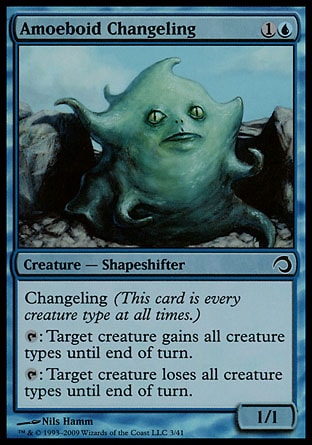
Amoeboid Changeling has three abilities: one static, characteristic-defining one, and two activated ones.
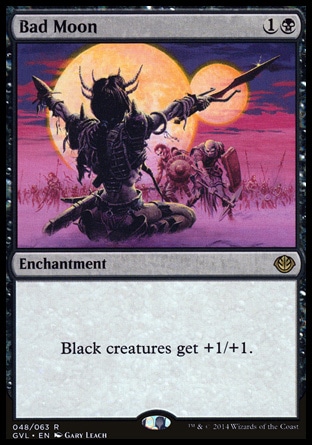
Bad Moon has a static ability.
Gideon Jura has 3 activated loyalty abilities.
Sometimes abilities are given to an object by effects or game rules.
112.10. Effects can add or remove abilities of objects. An effect that adds an ability will state that the object “gains” or “has” that ability. An effect that removes an ability will state that the object “loses” that ability. Effects that remove an ability remove all instances of it. If two or more effects add and remove the same ability, in general the most recent one prevails. (See rule 613, “Interaction of Continuous Effects.”)
Example:
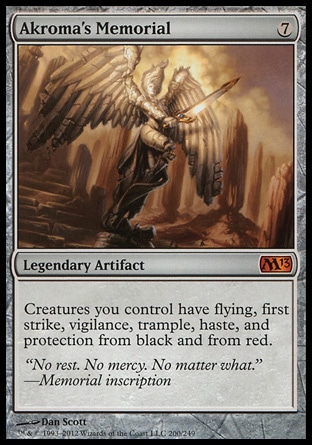
Akroma’s Memorial gives your creatures quite an arsenal of static abilities: Flying, First strike, Vigilance, Trample, Haste, Protection from black and from red.
Indestructibility grants enchanted creature a static ability — indestructible.
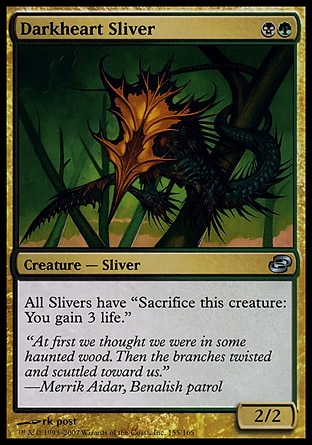
Darkheart Sliver gives all Slivers (including itself) the activated ability “Sacrifice this creature: you gain 3 life”.
112.10a An effect that adds an activated ability may include activation instructions for that ability. These instructions become part of the ability that’s added to the object.
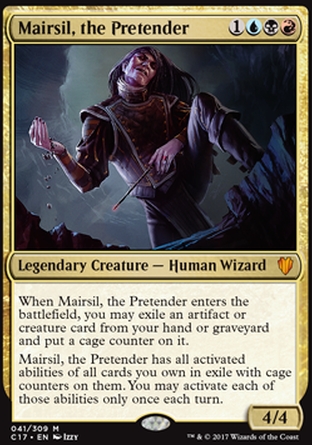
The second abolity of Mairsil, the Pretender gets him activated abilities and sets restrictions for them.
112.10b Effects that remove an ability remove all instances of it.
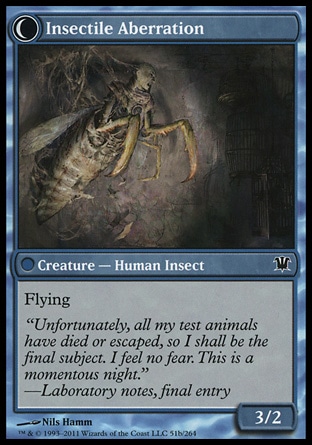
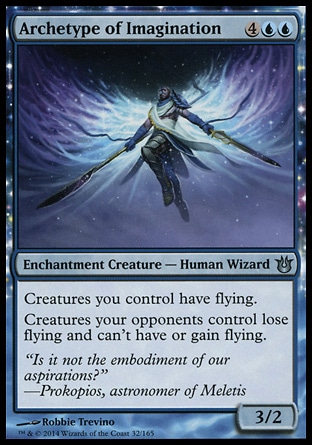
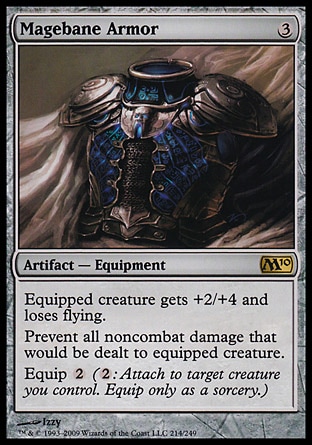
112.10c If two or more effects add and remove the same ability, in general the most recent one prevails. See rule 613 for more information about the interaction of continuous effects.
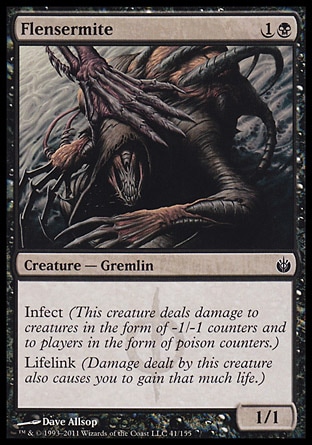
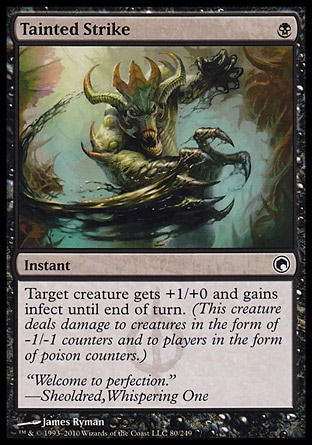
You control Flensermite, your opponent controls Melira, Sylvok Outcast. Flensermite loses Infect. If you cast Tainted Strike targeting Flensermite, it will get Infect.
112.11 Effects can stop an object from having a specified ability. These effects say that the object “can’t have” that ability. If the object has that ability, it loses it. It’s also impossible for an effect to add that ability to the object. If a resolving spell or abilitycreates a continuous effect that would add the specified ability to such an object, thatpart of that continuous effect does not apply; however, other parts of that continuous effect will still apply, and that resolving spell or ability can still create other continuous effects. Continuous effects created by static abilities that would add the specified ability won’t apply to that object.
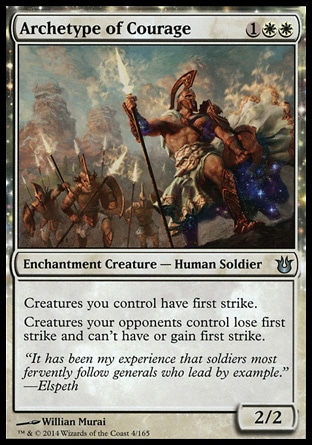
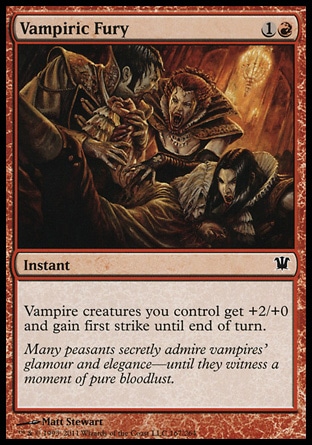
Archetype of Courage prevents your opponent’s creatures from gaining First strike.
As a result, the second ability of Stromkirk Captain will not affect his vampires. And if the opponent casts Vampiric Fury, his vampires will gain only +2/+0, they won’t have First strike.
If an effect sets some characteristic of an object, it does not grant an ability to that object. This is worded with the verb “is” rather than “has”.
112.12. An effect that sets an object’s characteristic, or simply states a quality of that object, is different from an ability granted by an effect. When an object “gains” or “has” an ability, that ability can be removed by another effect. If an effect defines a characteristic of the object (”[permanent] is [characteristic value]”), it’s not granting an ability. (See rule 604.3.) Similarly, if an effect states a quality of that object (”[creature] can’t be blocked,” for example), it’s neither granting an ability nor setting a characteristic.
Example: has the text “Creatures with no abilities get +2/+2”. Runeclaw Bear (a creature with no abilities) enchanted with an aura saying “Enchanted creature has flying” will not get +2/+2. Runeclaw Bear enchanted with an aura saying “Enchanted creature is red” or “Enchanted creature cannot be blocked” will get +2/+2.
An aura saying “Enchanted creature is red” does not give any abilities to the creature, it just changes the color (characteristic) of the creature to red. And therefore, effects that remove an object’s ability (Humility, Yixlid Jailer, Sudden Spoiling, Turn to Frog etc.) may not influence this characteristic.
Effects that remove abilities use the “lose(s) ability” wording.
Examples:
Leyline of Singularity adds the “legendary” supertype to all nonland permanents.
Turn to Frog removes all abilities from a target creature.
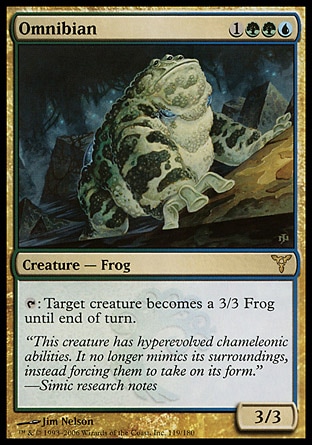
However, Omnibian’s effect does not remove abilities.
The case when abilites are removed or added along with a basic land type is peculiar.
305.6. …A land with a basic land type has the intrinsic ability “{TAP}: Add [mana symbol] to your mana pool,” even if the text box doesn’t actually contain that text or the object has no text box.
305.7. If an effect sets a land’s subtype to one or more of the basic land types, the land no longer has its old land type. It loses all abilities generated from its rules text, its old land types, and any copy effects affecting that land, and it gains the appropriate mana ability for each new basic land type. Note that this doesn’t remove any abilities that were granted to the land by other effects. Setting a land’s subtype doesn’t add or remove any card types (such as creature) or supertypes (such as basic, legendary, and snow) the land may have. If a land gains one or more land types in addition to its own, it keeps its land types and rules text, and it gains the new land types and mana abilities.
Urborg, Tomb of Yawgmoth grants each land on the battlefield the type Swamp in addition to their other basic types.
Thus, a Temple Garden with an Urborg, ToY out will have three basic land types — Forest, Plains and Swamp, and as such, will have three different mana abilities.
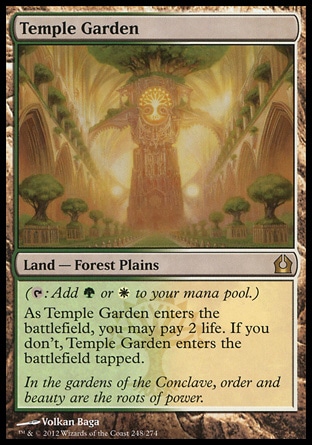
Temple Garden is not a basic land, but has two basic land types - Forest and Plains. Therefore, it has the mana abilities intrinsic to them: “{TAP}: Add {W}” and “{TAP}: Add {G}”.
Blood Moon overwrites the type of non-basic lands with Mountain. This way, a Temple Garden with a Blood Moon out will not have the Forest and Plains types, but will have the Mountain type, which will leave it with one mana ability — to tap for red mana.
One more thing worth mentioning in what concerns abilities granted to an object:
Text-changing effects ( Mind Bend, Artificial Evolution) cannot change the abilities given to an object.
612.3. Effects that add or remove abilities don’t change the text of the objects they affect, so any abilities that are granted to an object can’t be modified by text-changing effects that affect that object.
Example:
- If Runeclaw Bear gets “Protection from white”, Mind Bend will be powerless here.
Ability types
There are four main types of abilities:
- spell abilities;
- activated abilities;
- triggered abilities;
- static abilities.
Let us take a look at the definition of spell abilities:
112.3a. Spell abilities are abilities that are followed as instructions while an instant or sorcery spell is resolving. Any text on an instant or sorcery spell is a spell ability unless it’s an activated ability, a triggered ability, or a static ability that fits the criteria described in rule 112.6. (Ref «3 facts about abilities»).
Perhaps, the most famous spell ability is the first ability behind the keyword Cipher. Precisely due to not being a static ability but a spell ability, it only functions as the spell is resolving.
The remaining abilities are represented in the following table:
Static abilities
Written as a fact. They are simply true.
They aren’t played. They simply exist. Apply only when the object with the ability is in the appropriate zone.
They do not use the stack. They generate continuous effects.
Characteristic-Defining Abilities (CDA)
Some objects have abilities that define their color, type, power and/or toughness. Such abilities are called characteristic-defining abilities (CDA). They function in all zones. An ability of an object that defines characteristics of another object is not CDA.
Note that the rules of copying related to CDA have been changed recently.
Activated abilities
Always have a colon in their text. Have activation cost and effect. Written as “[Cost]: [Effect.] [Activation limits (if any).]”
They may be activated only by the player in control of the object with the ability unless its text states otherwise.
After being activated, they are put on the stack (except mana abilities). They generate effects on resolution. These may be both one-shot and/or continuous effects.
Mana Abilities
Activated abilities that do not target, are not loyalty abilities and produce mana are mana abilities.
Mana abilities do not use the stack, they cannot be countered nor responded to.
Activated mana abilities may be played both when a player has priority and in process of casting a spell, activating an ability, resolving a spell or ability, if any such action requires a mana payment.
Loyalty Ability
An activated ability that contains a loyalty symbol in its cost is a loyalty ability. Usually, only planeswalkers have such abilities.
A player may activate loyalty abilities of a permanent he or she controls any time he or she has priority in his or her main phase and the stack is empty, and only if none of that permanent’s loyalty abilities had been activated this turn.
Triggered abilities
Always have one of the words: “when”, “whenever”, “at” (usually, but not necessarily, in the beginning of the ability text).
They occur at any moment upon matching the triggering condition with no need for any specific action by a player.
After being triggering, they are put on the stack (except mana abilities). They generate effects on resolution. These may be both one-shot and/or continuous effects.
Triggered mana abilitie
Triggered abilities that do not target, trigger from an activated mana ability and produce mana are mana abilities.
Mana abilities do not use the stack, they cannot be countered nor responded to.
Triggered mana abilities trigger when mana abilities are activated, and resolve immediately without expecting a player to have priority.
Homework
Solve the problems scattered all over this class. Study the distinctive characteristics of all ability types.
And as usual, some tricky questions :)
Which creatures will get Muraganda Petroglyphs’ bonus? (for auras and equipments, consider them to be attached to the Grizzly Bears)
- Biting Tether
- Tricks of the Trade
- Latch Seeker
- Explorer’s Scope
- Blade of the Bloodchief
- Demonspine Whip
- Holy Strength
- The bear has no abilities.
- The bear enchanted by Biting Tether has no abilities. The triggered ability belongs to the aura itself.
- Tricks of the Trade gets Bear none abilities. Unblockable isn’t an ability.
- Latch Seeker has static ability, which makes it unblockable.
- The triggered ability belongs to the Explorer’s Scope itself.
- The triggered ability belongs to the Blade of the Bloodchief itself
- Holy Strength doesn’t grant new abilities to the creature, it changes its characteristics.
You activate the first ability of Amoeboid Changeling, targeting your Grizzly Bears in order to have the bear gain some buffs due to a rare creature type. The ability resolves, then the cunning opponent plays Sudden Spoiling targeting you. What happens to the buffs (what are the bear’s types after that)?
Amoeboid Changeling’s ability doesn’t grant new abilities to the Bear, so there is nothing to lose for it. After Sudden Spoiling resolves, the grizzly will have all creature types and will bask in due buffs.
Woodland Changeling is enchanted by Lignify. What are Woodland Changeling’s types now?
Treefolk! Despite it having a static characteristic-defining ability (CDA), it will have to wave all subtypes except Treefolk byebye. We will get to this effect when we study the layer cake, i.e. interactin of continuous effect (ohmagawd!). For now, I recommend to take note of the following rules:
205.1a Some effects set an object’s card type. In such cases, the new card type(s) replaces any existing card types. Counters, effects, and damage marked on the object remain with it, even if they are meaningless to the new card type. Similarly, when an effect sets one or more of an object’s subtypes, the new subtype(s) replaces any existing subtypes from the appropriate set (creature types, land types, artifact types, enchantment types, planeswalker types, or spell types). If an object’s card type is removed, the subtypes correlated with that card type will remain if they are also the subtypes of a card type the object currently has; otherwise, they are also removed for the entire time the object’s card type is removed. Removing an object’s subtype doesn’t affect its card types at all.
205.1b Some effects change an object’s card type, supertype, or subtype but specify that the object retains a prior card type, supertype, or subtype. In such cases, all the object’s prior card types, supertypes, and subtypes are retained. This rule applies to effects that use the phrase “in addition to its types” or that state that something is “still a [type, supertype, or subtype].” Some effects state that an object becomes an “artifact creature”; these effects also allow the object to retain all of its prior card types and subtypes.
Example: An ability reads, “All lands are 1/1 creatures that are still lands.” The affected lands now have two card types: creature and land. If there were any lands that were also artifacts before the ability’s effect applied to them, those lands would become “artifact land creatures,” not just "creatures," or “land creatures.” The effect allows them to retain both the card type “artifact" and the card type “land.” In addition, each land affected by the ability retains any land types and supertypes it had before the ability took effect.
Example: An ability reads, “All artifacts are 1/1 artifact creatures.” If a permanent is both an artifact and an enchantment, it will become an “artifact enchantment creature.”
Rule 205.1b., for instance, explains that if you animate an artifact using Tezzeret, Agent of Bolas’s second ability, it will retain all of its prior sypertypes, types and subtypes. If Tezzeret himself is made into an artifact in some way, and then “animated" this way, he will be an artifact planeswalker creature.
Captivating Vampire that snatches an animated Gideon Jura gives it an additional subtype “Vampire" until the end of the game. When the animation effect ends, this type isn’t used, because creature types only relate to creatures. When Jura is animated next time, the effect of his loyalty ability overlaps the existing subtypes, so his type line will be: Planeswalker Creature - Gideon Human Soldier. For more details ref. Gideon Jura
Your opponent activates Mangara of Corondor’s ability, targeting your Akroma, Angel of Wrath. You “blink” Akroma in response. What happens?
Mangara of Corondor’s activated ability has one only target. If, upon resolving, the target is illegal, the ability is countered, i.e. doesn’t produce any effect. After “blinking" Akroma we deal with her “new incarnation", which is in no way connected to its past lives. Mangara’s ability loses the target. Both creatures stay on the battlefield.
What happens if Mangara gets blinked?
The cost of Mangara’s activated ability is tapping it. Exiling it is part of the effect. We cannot remove Mangara from the game as, again, this is an all different permanent. But the ability is not related to its sources after it has been placed on the stack (remember the navy?), and Akroma is still a legal target for the ability. It resolves, Akroma is exiled for good.
609.3. If an effect attempts to do something impossible, it does only as much as possible.
Example: If a player is holding only one card, an effect that reads "Discard two cards" causes him or her to discard only that card. If an effect moves cards out of the library (as opposed to drawing), it moves as many as possible.
Your opponent activates Durkwood Tracker’s ability, targeting the attacking Castle Raptors. You respond with Snapback and return Castle Raptors to the hand. Will Durkwood Tracker die?
Just like in the example above, the ability will be countered.
The player in control of Stronghold Overseer activates its ability, an opponent responds with Sudden Spoiling. What happens?
Once activated, the ability no longer depends on its source. Depriving Stronghold Overseer of all his abilities doesn’t affect the successful resolution of the ability in stack. After Sudden Spoiling resolves, all creatures of target player become 0/2 with no abilities. Then all creatures without Shadow get -1/-0, and all creatures with Shadow get +1/+0. Negative values of power or toughness do matter, they are taken to account when further changes to that parameter are made.
You are the active player. You control a face-up Fathom Seer, sources of 6 blue mana, you have 2 Vesuvan Shapeshifters in your hand. Can you draw 6 cards on the third turn withour using any other spells?
So, in our current turn we play two Vesuvan Shapeshifters face down as morphs (Ref. rule 702.36., Morph). Next turn we turn one Vesuvan Shapeshifter face up and copy the Seer (2 cards drawn as a result). When “unmorphing” the other Shapeshifter, we choose to copy the first one, which by then already is a copy of Fathom Seer (2 more cards). At the beginning of the next upkeep, the first Shapeshifter’s triggered ability procs, allowing to turn it face down. The second Shapeshifter has two instance of this ability! Having access to six mana we can perform the following chain of actions: — resolve the first Shifter’s trigger, “unmorph” it, copy the Seer, draw 2; — resolve one of the triggers of the other Shifter, “unmorph” it, copy the Seer, draw 2 (4 total); — resolve the remaining trigger of that same Shifter, “unmorph” it again, choose to copy Fathom Seer again and draw 2 more (6 total).
Extra problem: how did that second Shapeshifter end up with two triggered abilities?Solution.
Translated by Witas Spasovski
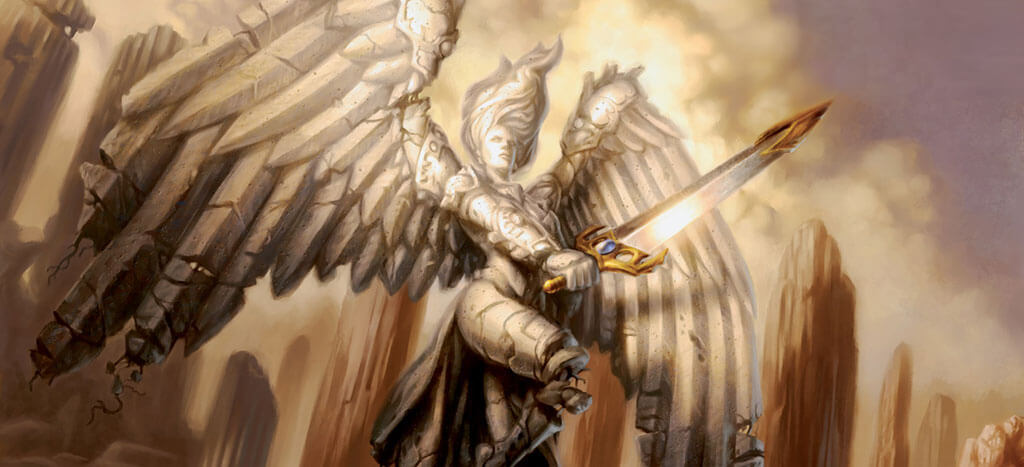
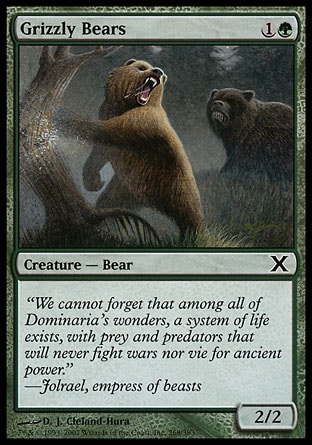
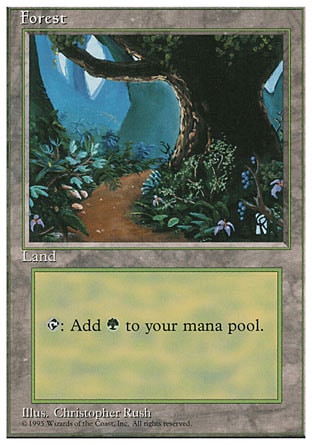
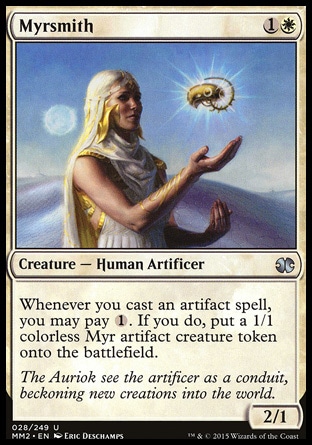
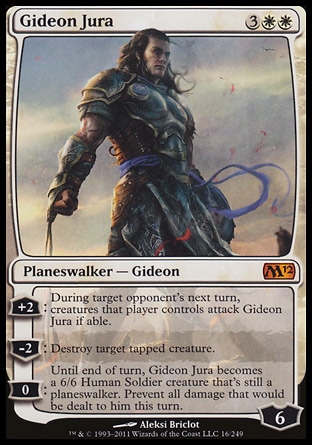
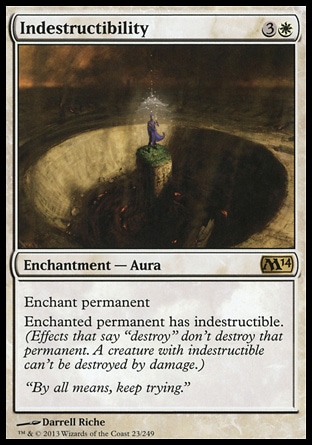
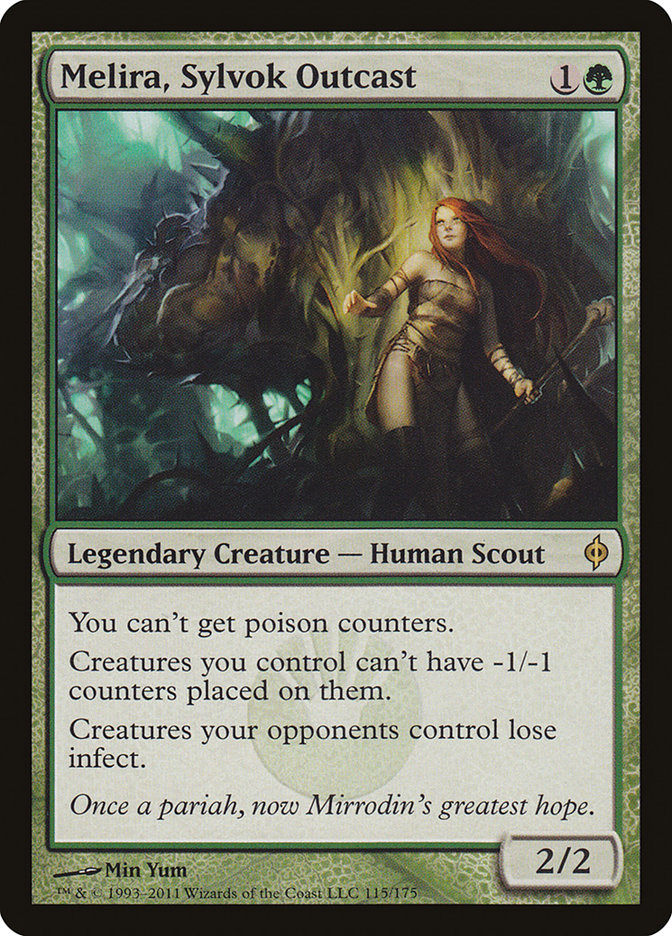
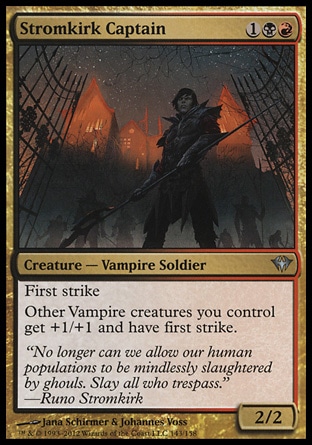
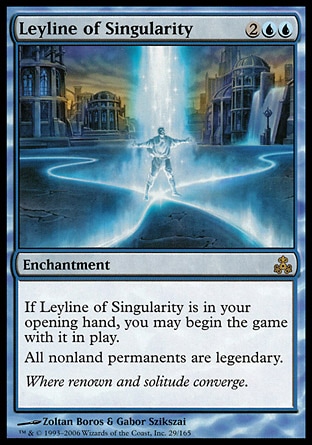
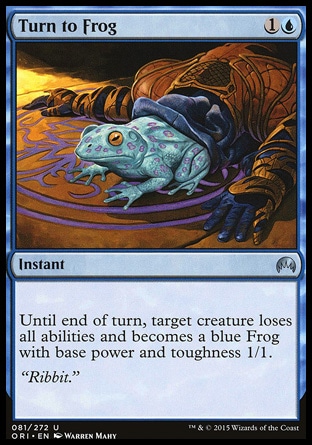
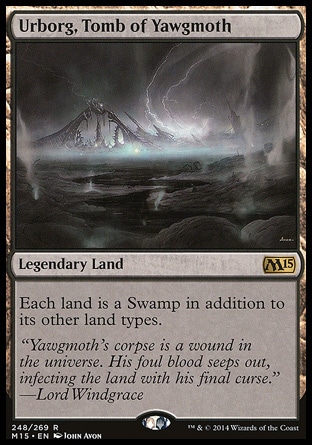

If a player controls Insectile Aberration and Archetype of Imagination, then Insectile Aberration has two flying. This fact change nothing in the game mechanics.
If a player equips this Insectile Aberration with Magebane Armor, then it will lose both of flying.